By He Jijiang, executive deputy director at the Research Center for Energy Transition and Social Development of Tsinghua University
(ECNS) -- In August 2022, Germany's Lower Saxony inaugurated the nation's first hydrogen-powered train route, where 14 Coradia iLint hydrogen passenger trains began operating across approximately 100 kilometers of track—a landmark achievement for Germany's hydrogen transportation sector.
China, however, is witnessing even more dynamic momentum in hydrogen mobility. The country has established over a dozen hydrogen transportation routes exceeding 500 kilometers in operational distance. Among these, the corridor linking Xiaoyi City in Lvliang, Shanxi Province with Tianjin Port stands as particularly notable.
Lvliang possesses abundant coal resources featuring comprehensive coal varieties and premium quality. Coal-bearing strata cover approximately 54.3% of the city's total area, accounting for 15.94% of Shanxi Province's coal-rich territory. While coal and coking industries have long underpinned local economic development, the region now faces urgent demands to transition from a "capital of coal" into a "hydrogen hub".
Hydrogen energy—a versatile, green secondary energy source with abundant potential—holds critical significance for building clean, low-carbon, safe and efficient energy systems. The dedicated hydrogen-powered heavy truck route stretching approximately 700 kilometers from Xiaoyi in Lvliang to Tianjin Port stands as China's first medium-to-long-distance commercially operated logistics corridor with zero carbon emission.
The hydrogen-powered heavy trucks operating along this route utilize pure electric drive systems, emitting only water vapor during operation. In terms of emission reduction, these trucks reduce carbon emissions by 12 kilograms per 100 kilometers compared to their diesel counterparts. A single 700-kilometer trip thus achieves an 84-kilogram carbon reduction per vehicle.
Continuous technological upgrades are enhancing vehicle performance. For instance, current 49-ton hydrogen truck models demonstrate significant improvements, with driving range extended from 350 kilometers to 650 kilometers while purchase costs have substantially decreased—laying groundwork for large-scale adoption.
Critical infrastructure development complements vehicle advancement. The Beiyao Hydrogen Energy Complex in Xiaoyi Economic Development Zone exemplifies this progress, featuring six 10-nozzle hydrogen dispensers supplying 8,000 kilograms of hydrogen daily. Its pipeline-direct supply system ensures efficient, low-cost refueling for seamless truck operations.
Currently servicing primarily coal and other cargo, this route has transformed the traditionally high-pollution transport model of diesel trucks. Throughout 2024, a fleet of 20 second-generation hydrogen trucks operated under continuous "5G+BeiDou+video" monitoring, adopting point-to-point transportation with "loaded both ways" cycles—enhancing efficiency while reducing costs.
As hydrogen truck fleets expand and routes extend, their role in achieving China's carbon peaking and carbon neutrality goals grows increasingly pivotal. Tianjin Port, a critical hub connecting Pacific shipping routes, serves as Lvliang's gateway for coal exports. In the future, more zero-carbon cargo will traverse oceans from this port to global destinations, amplifying China's international influence in green logistics.
On the global energy transition landscape, China has surpassed Germany in hydrogen transportation by leveraging its vast market, industrial integration capabilities, and policy advantages. While Germany possesses profound technological expertise, China demonstrates superior achievements in hydrogen route development and vehicle deployment scale, with broader renewable energy applications across its transport sector. The constructive competition between both nations will accelerate worldwide energy transition.
Lvliang's hydrogen truck initiative epitomizes China's dynamic representation in this transformation. The hydrogen industry promises further groundbreaking advancements in the years ahead.








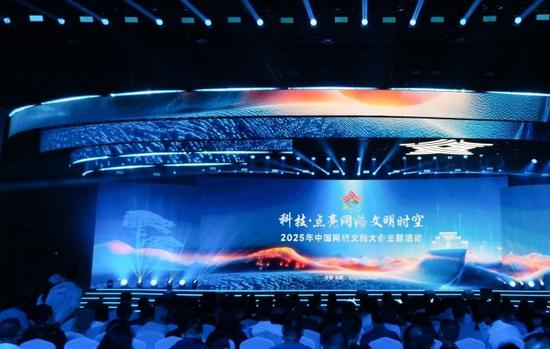







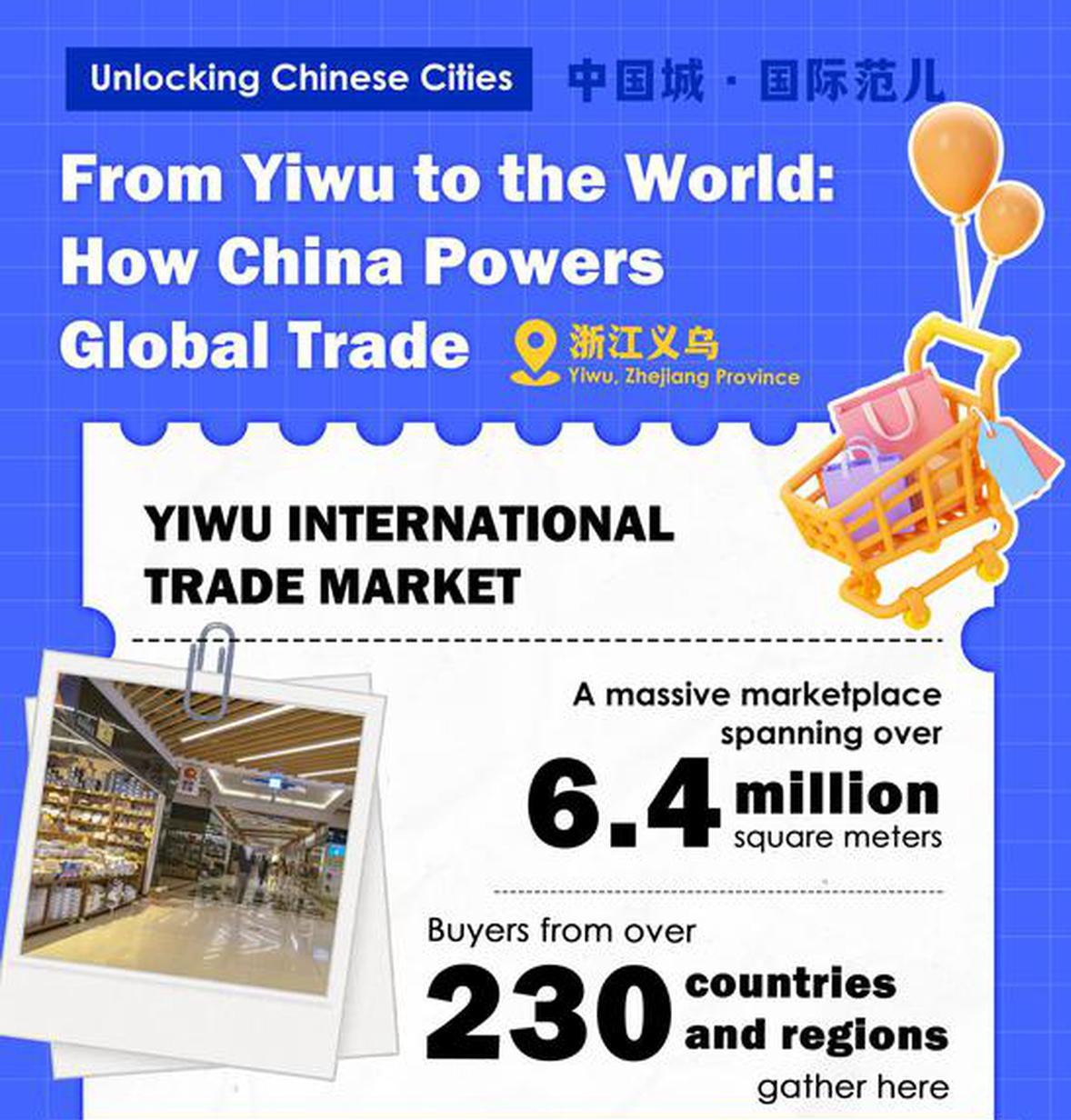

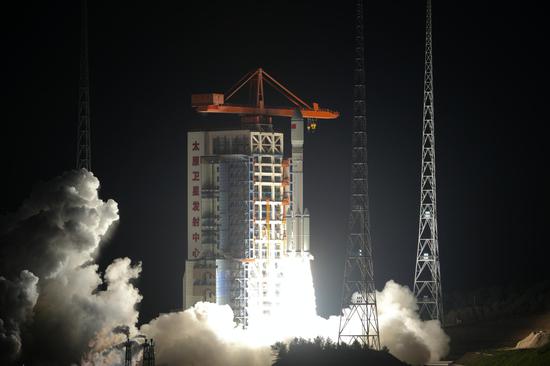



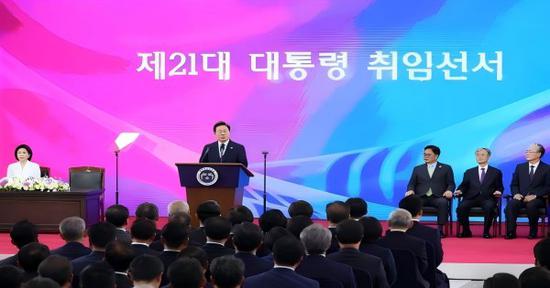




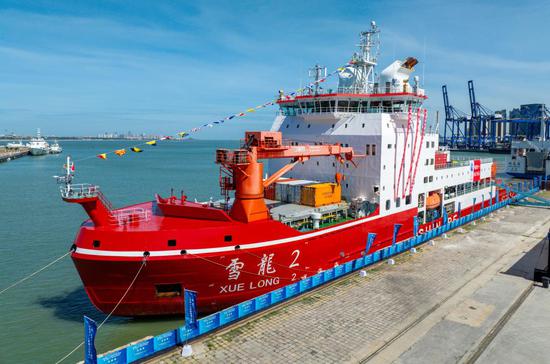



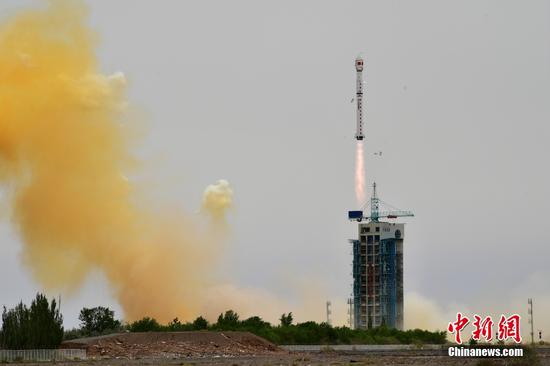
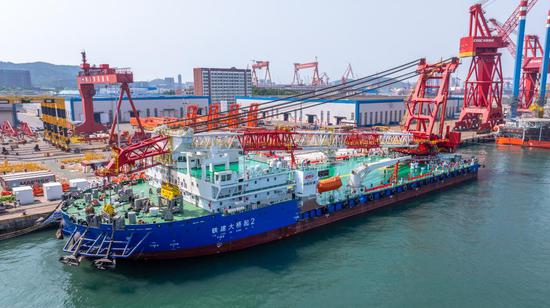

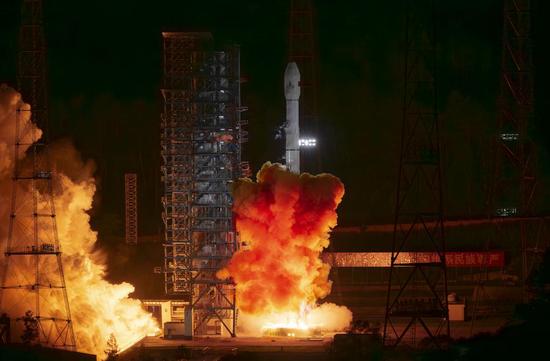

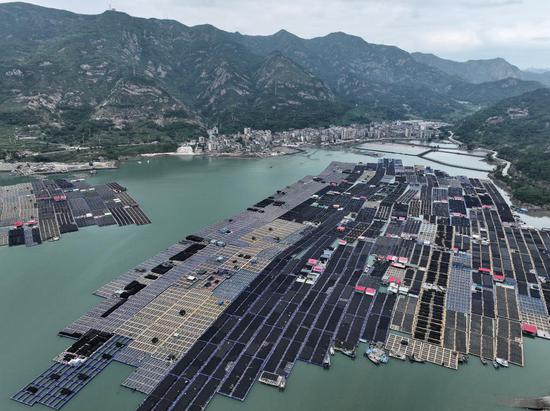






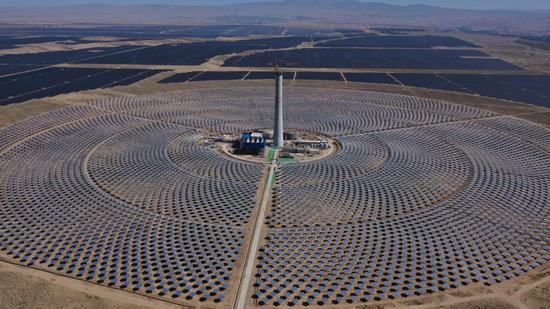


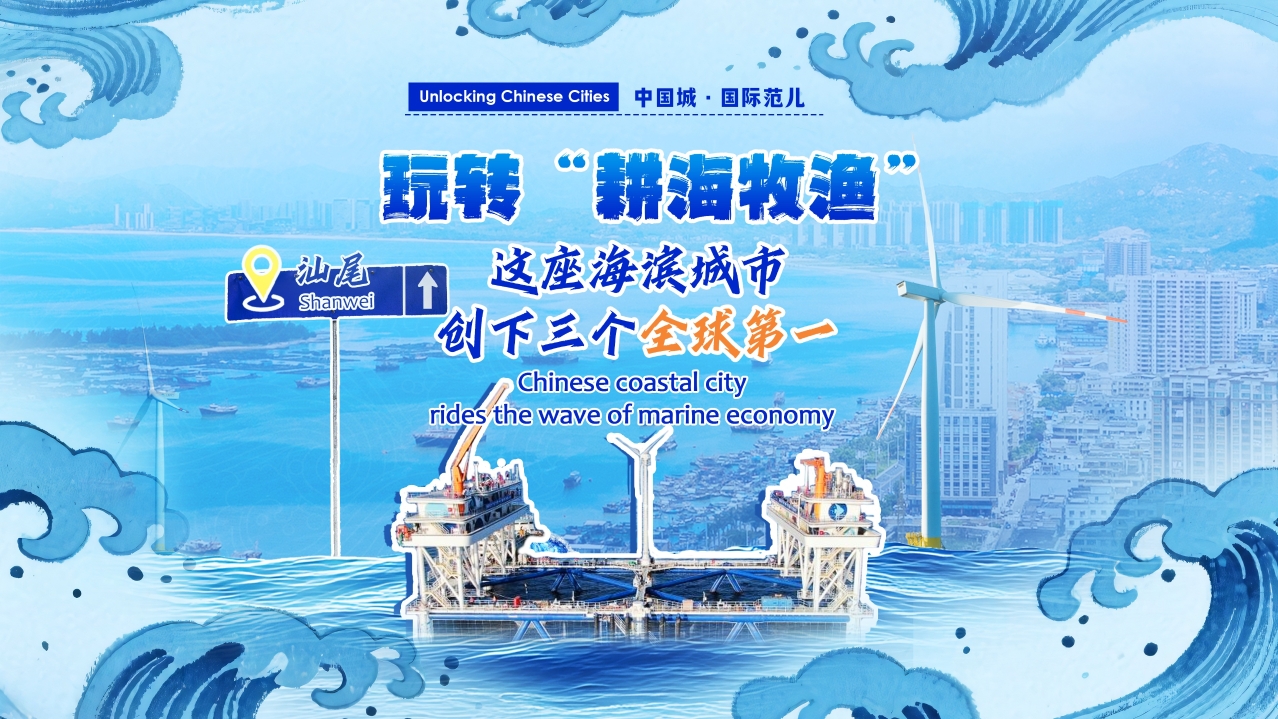

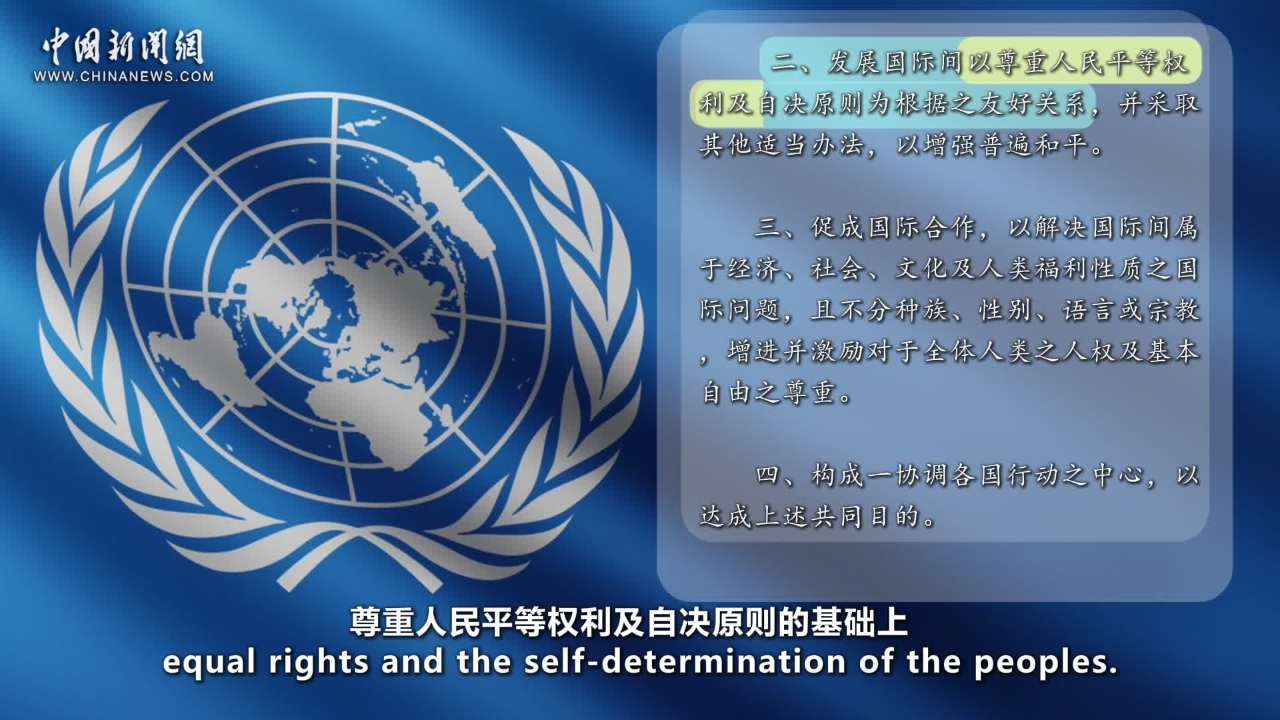

 京公網(wǎng)安備 11010202009201號
京公網(wǎng)安備 11010202009201號